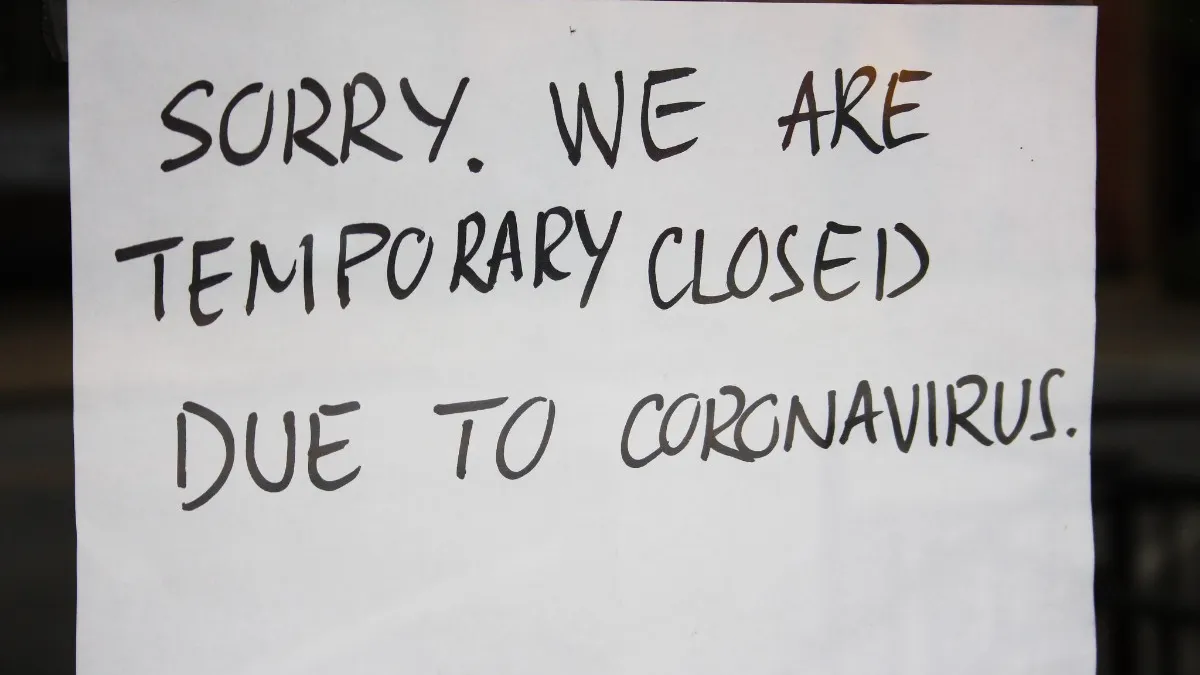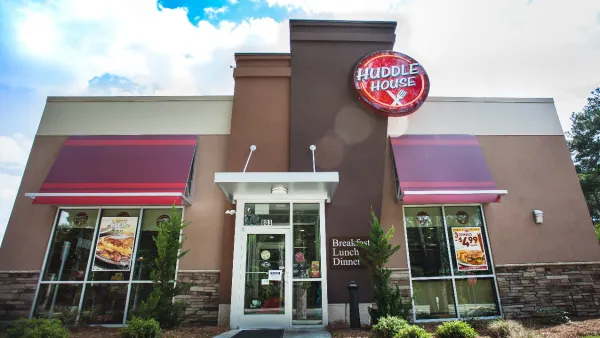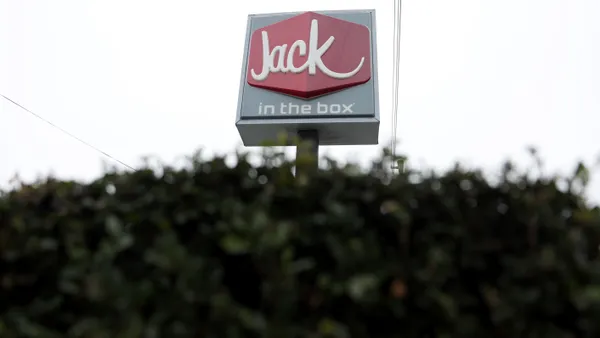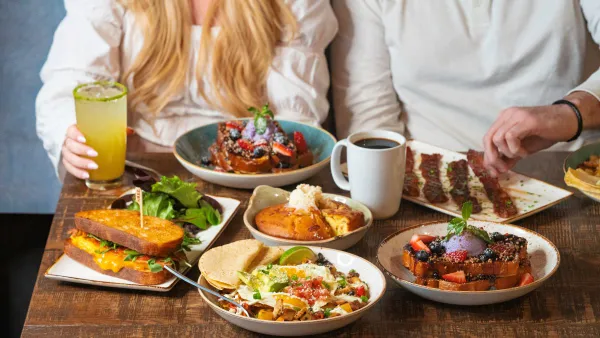Dive Brief:
- After a wave of re-openings, some cities and states are changing course and ordering restaurants and bars to either close or cut back on capacity. Eater reports that Texas restaurants reverted back to 50% capacity for indoor dining Monday, for example, from the 75% capacity allotment that went into place June 12. All Texas bars, which were previously operating at 50%, were ordered to close by noon on June 26 but can still sell to-go beverages.
- According to Eater, Idaho, Florida, Pennsylvania and California have also strayed from their original reopening plans from earlier this month, including bar closures, after COVID-19 cases have spiked in those areas.
- Even states that haven’t experienced recent spikes are reconsidering their reopening plans. CNN reports that New Jersey will not resume indoor dining, while a decision about New York’s indoor dining status is expected by Wednesday.
Dive Insight:
Last weekend, the U.S. set a single-day record for new novel coronavirus cases for the fifth consecutive day, reflecting the urgency of reversing course on some reopening plans. Bars and restaurants are a main focus for a reason — it’s hard to socially distance in such establishments, and diners can't wear face masks when they’re eating or drinking.
As numbers go up, risk rises not just for diners, but also employees. And when a restaurant employee tests positive, it can add to the financial strain operators are experiencing. Though many jurisdictions don’t require restaurants to close if an employee tests positive, plenty do to allow time to test staff and deep clean.
But testing and cleaning adds even more costs for operators who have been struggling to stay afloat. The National Restaurant Association estimates that $120 billion has been lost in the industry just within the past three months, and that is expected to double by the end of the year.
The re-closing picture is particularly grim for restaurants with heavy dine-in operations. New Jersey Governor Phil Murphy has paused dine-in indefinitely, for example.
A wave of closures will likely add employment challenges as well. The federal government’s CARES Act is set to expire at the end of July, so any new furloughs or layoffs could require employees to reapply for unemployment, while restaurants forced to furlough or layoff again could be at risk for losing their PPP allocation. PPP loans are fully forgiven to employers who rehire their staff or equivalent positions and use 60% of the loan funds for payroll.
Having to re-close could also hurt restaurant reputations. Most consumers have already expressed trepidation about returning to restaurants and this back-and-forth on restrictions isn’t likely to help their cause. New data from The NPD Group emailed to Restaurant Dive shows that the recent surge in COVID-19 cases has negatively impacted customer transactions. Customer transactions at major U.S. restaurant chains declined by 13% in the week ending June 21 compared to the same week a year ago, which is softer than the 12% decline the previous week. As The NPD Group notes, this is the first time since the week ending April 12 that there has not been an improvement in the year-over-year transactional trend. The organization cites COVID-19 surges as a reason for the decline.
“The pandemic isn't over and as often mentioned is 'unprecidented' so there is no roadmap,” David Portalatin, VP and food industry advisor at The NPD Group, said in a press release. “The foodservice industry is solidly in the restart phase as restaurants begin to reopen on-premise operations, adopt and implement new procedures and protocols, and keep plans fluid because things could change quickly.”













